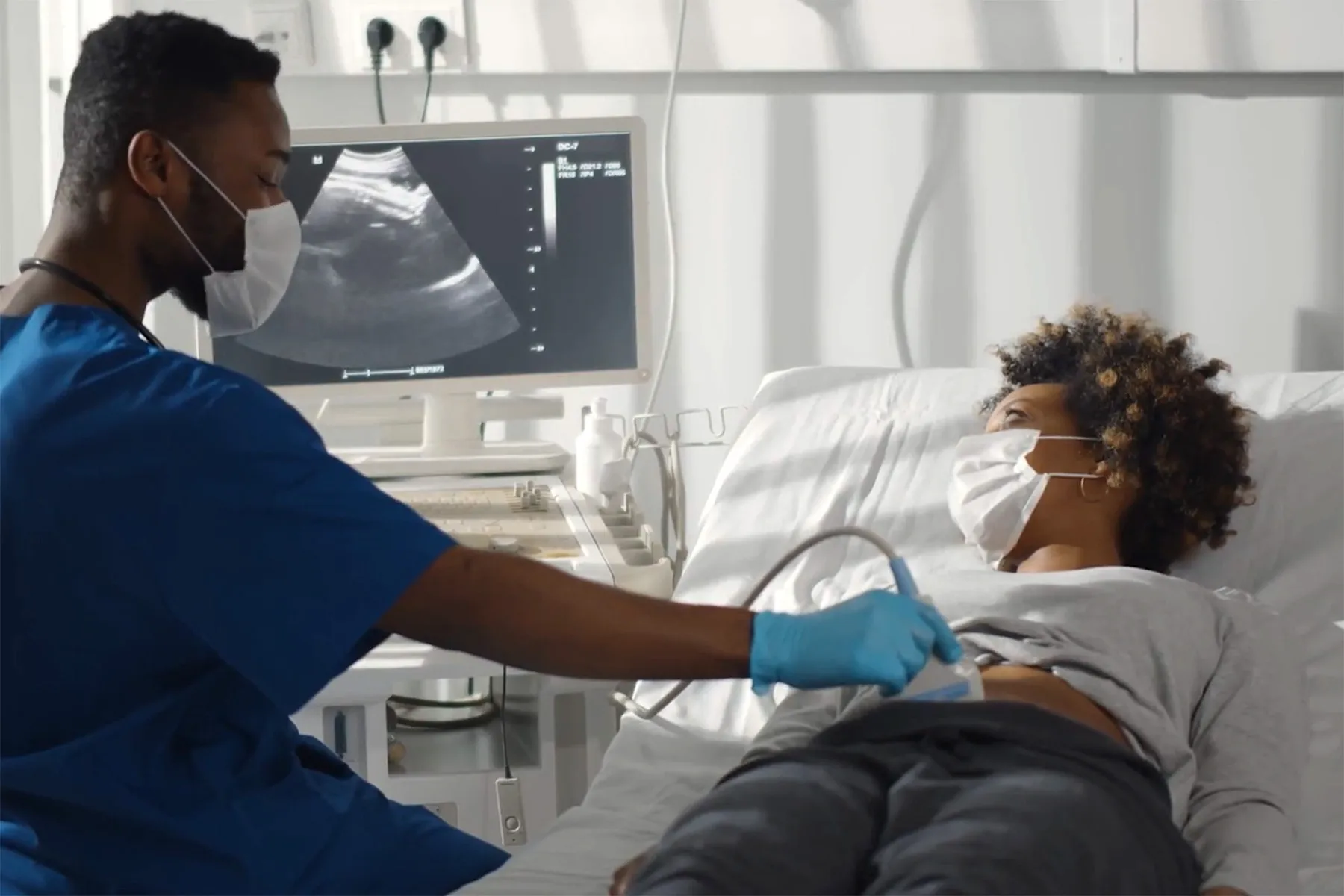Lenalidomide (Revlimid)-induced second primary malignancies appear to be limited to patients with multiple myeloma, according to a systematic review and meta-analysis.
While there was no significant increase in the risk of second primary malignancies associated with lenalidomide across all cancers (risk ratio [RR] 1.16, 95% CI 0.96-1.39), there was an increased risk associated with the immunomodulatory drug (IMiD) that was limited to myeloma trials (RR 1.42, 95% CI 1.09-1.84), reported Konstantinos Lontos, MD, of the University of Texas MD Anderson Cancer Cancer in Houston, and colleagues.
By comparison, no increased risk was detected in lenalidomide trials involving lymphoma or chronic lymphocytic leukemia (RR 0.90, 95% 0.76-1.08) and myelodysplastic syndrome (RR 0.96, 95% CI 0.23-3.97).
“Our findings suggest that physicians should not hesitate to use lenalidomide for indications other than multiple myeloma because of apprehension about the risk of [second primary malignancies],” the researchers wrote in The Lancet Haematology.
The systematic review involved 14,058 patients from 38 randomized trials that reported on patients treated with lenalidomide between 2004 and 2022.
Lontos and co-authors also evaluated the effect of lenalidomide on subtypes of second primary malignancies and found there was an increased risk of solid primary tumors in patients with multiple myeloma (RR 1.30, 95% CI 1.06-1.60), while the risk for a second hematologic malignancy was not significant (RR 1.26, 95% CI 0.93-1.70).
The authors suggested that the risk ratio of a second hematologic malignancy was likely affected by the FIRST trial due to its large size and the fact that it included patients in its non-lenalidomide group who used melphalan — a drug with known associations with increased risk of second primary hematologic malignancies — while the lenalidomide group did not include melphalan. In addition, Lontos and co-authors said, when the FIRST trial was excluded from the analysis, the risk ratio for a second primary hematologic malignancy did become statistically significant (RR 1.60, 95% CI 1.14-2.24).
Furthermore, the team noted, in the setting of multiple myeloma, use of lenalidomide increased both solid and hematologic second primary malignancies in both the no-transplantation (RR 1.25, 95% CI 1.04-1.51) and post-transplantation settings (RR 1.90, 95% 1.44-2.52).
The researchers also observed that there have been case reports of B-cell acute lymphocytic leukemia emerging from chronic lymphocytic leukemia and multiple myeloma after lenalidomide treatment. However, “continuous lenalidomide treatment has shown significant improvement in overall survival in patients with multiple myeloma, and the therapeutic benefit of lenalidomide remains greater than the impact of second primary malignancy,” Lontos and his colleagues emphasized.
Nevertheless, they said, in discussions with patients, clinicians should acknowledge the risk of lenalidomide-induced solid tumors and hematologic second primary cancers, and “apply it on an individual patient basis when making therapeutic decisions.”
In a commentary accompanying the study, Charlotte Pawlyn, PhD, and Sarah Bird, MD, both of the Royal Marsden Hospital and the Institute of Cancer Research in London, said the study raises several issues, including the question of the mechanism by which lenalidomide increases the risk of second primary cancers in multiple myeloma compared with other malignancies. Another question is whether this effect is limited to lenalidomide or also associated with other immunomodulatory drugs such as pomalidomide (Pomalyst), or with novel cereblon E3 ligase modulating drugs (CeLMODS) such as iberdomide and mezigdomide.
“Until we fully understand the mechanism(s) underlying a possible differential effect in [second primary malignancy] development between myeloma and other indications it remains prudent to continue monitoring patients taking IMiDs and CeLMODS” across all tumor types, including long-term follow-up in clinical trials, wrote Pawlyn and Bird.
![author['full_name']](data:image/png;base64,R0lGODlhAQABAAD/ACwAAAAAAQABAAACADs=)
Mike Bassett is a staff writer focusing on oncology and hematology. He is based in Massachusetts.
Disclosures
Lontos had no disclosures; several co-authors reported financial relationships with industry.
Pawlyn reported financial relationships with AbbVie, Amgen, Celgene/Bristol Myers Squibb, Janssen, Sanofi, and Takeda Oncology; Bird reported having no competing interests.
Note: This article have been indexed to our site. We do not claim legitimacy, ownership or copyright of any of the content above. To see the article at original source Click Here



![author['full_name']](https://clf1.medpagetoday.com/media/images/author/MikeBassett_188.jpg)










